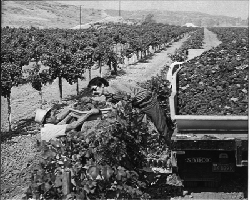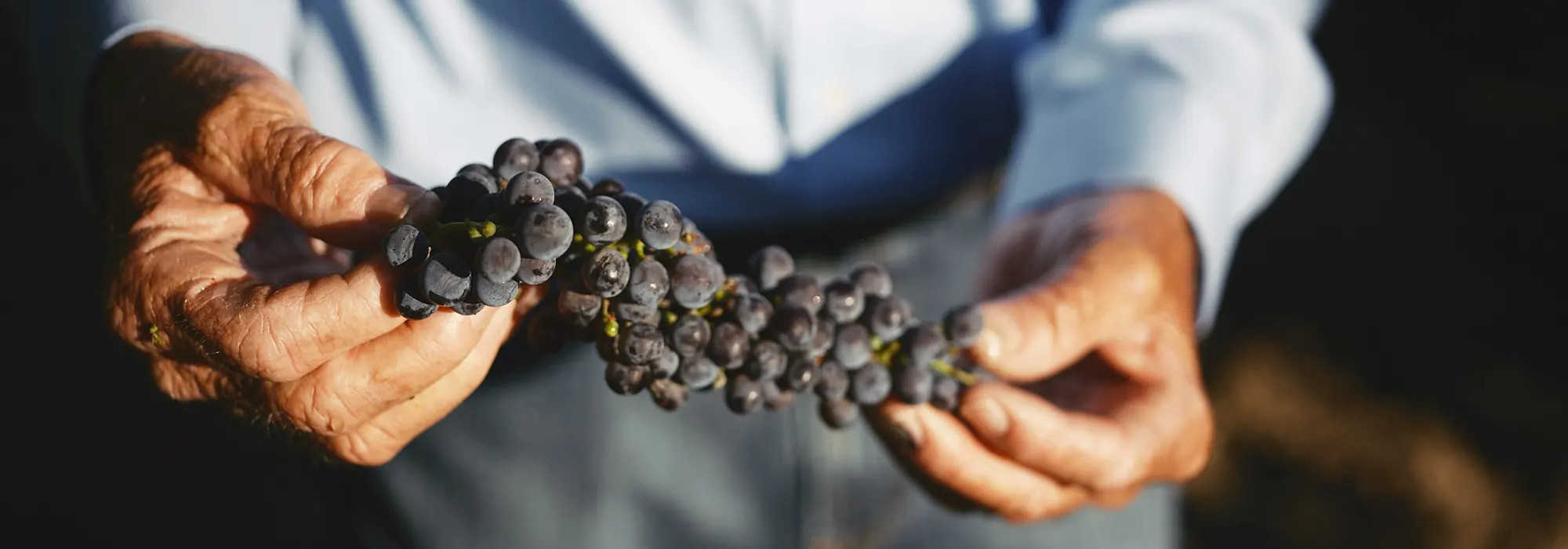The History of Temecula Valley Wine Country

In the 1850s, Temecula became a stop on the stagecoach lines that were becoming the logistical route of choice in California. So popular was this route, a post office was set up in town which was a rare institution in California at the time. Settlement increased during the late 1860s as displaced Confederates moved West in the wake of the Civil War.
Because of the region’s isolation, Temecula retained many of its Native American, Spanish and Mexican customs and culture long after California was ceded to the United States. Throughout time, however, Native American lands were being purchased or seized and in 1875, the final blow was delivered when tribal nations signed a treaty relinquishing the remainder of their land in the Temecula Valley. A decade later, the Native Americans who remained were relocated to the Pechanga Reservation.
The railroad line boosted Temecula’s economy when the route was extended to the region in 1882. Unfortunately, the line was abandoned later that decade due to damage from incessant flooding. The major industries during these years were stone quarries, cattle and shipping. During the American Prohibition of the 20s and 30s, the Temecula Valley operated its share of bootlegging and speakeasies.
In 1904, Walter Vail arrived in Temecula and bought nearly 90,000 acres in the region. His family would do much to influence and shape the town during the first half of the 20th century. The Vail family’s biggest achievement was damming the Temecula River and creating Vail Lake in 1948.
In 1961 Mahlon Vail had been successfully operating the enormous Vail Cattle Ranch for nearly six decades. He was in his seventies and his health was failing. With no immediate heirs Vail began actively seeking a buyer for the ranch. One of those potential buyers contacted Richard Break, an experienced farm manager and broker from Fresno. The buyer wanted his professional opinion on the feasibility of growing citrus on the property. After reviewing temperature records for the Temecula area kept by the University of California at Riverside, Break became convinced that the climate and soil conditions in the valley were better suited for the growing of wine grapes.
In 1964 Vail successfully completed negotiations on the sale of the ranch to Kaiser Industries and Macco Realty, who together formed the Rancho California Development Corporation. Throughout 1965 the development company mapped out its plans for a “Master Planned Community.” The community would include commercial and industrial sites as well as residential and agricultural development. The campaign attracted the attention of a number of notables including then California Governor Ronald Reagan, who purchased a sizable portion of the Santa Rosa Plateau.
Another Hollywood couple who saw an opportunity to pursue a long-held dream of retiring to a sizable estate with a comfortable Mediterranean style adobe was Vincenzo and Audrey Cilurzo. In 1967 they purchased 40 acres of property down a long dirt road known as Long Valley Road (soon to become Rancho California Road). The Cilurzo’s established the first modern commercial vineyard in the Temecula Valley in 1968.
In 1974, the founding of Callaway Winery (by Ely Callaway, of golf fame) marked the beginning of large production winemaking in the Temecula Valley. Callaway, sold the winery in 1981 to Hiram Walker and Sons. John Poole opened Mount Palomar Winery in 1975, and in 1978 the Cilurzos opened another Temecula winery at a new site. Their original vineyard, Temecula’s oldest, is now owned by Maurice Carrie Winery. Today, there are over 40 wineries in the Temecula Valley.
Though Temecula became an incorporated city in 1989, the region officially became an American Viticultural Area (AVA) in 1984. Modern Temecula Wine Country is located east of the Rainbow Gap in Riverside County and the Temecula wine community has grown considerably since its humble beginnings.
Copy courtesy of The City of Temecula and Robert Renzoni Vineyards


